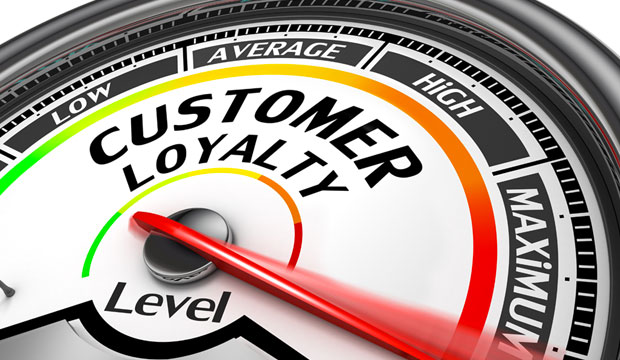Dreamforce 2017 is in full swing this week in San Francisco, which means that Salesforce is changing, shedding a skin to reveal a new and improved creature. This time, rather than announcing a new cloud or a mountain of technology, the company seems focused on improving what it has and delivering a tighter and more powerful solution set for a future that’s just emerging. I see a pivot in all this.
Let me explain. The emphasis this time seems to be on delivering what we used to call “whole product” — the constellation of product, policies, procedures, and anything else that delivers customer nirvana.
In the last few years, our focus has been mostly around the customer experience, a related but different thing. “Experience” connotes what’s in the moment, but “whole product” is much more about the ways customers react toward a product or brand, even when they aren’t engaged with it. For instance, does a product or brand give customers reason to sing its praises in the marketplace?
Salesforce’s approach to this question hasn’t changed much in nearly two decades, though the tools it can bring to bear on the situation have evolved and improved hugely. Salesforce is using Dreamforce to initiate a pivot in itself, and to gently persuade customers to follow.
Rather than introducing new clouds or a slew of product innovations (there are enough, don’t worry) the company seems focused on making everything it has run better together, optimizing business for customers and employees.
4th Industrial Revolution
The pivot it envisions involves more-engaged employees and more-loyal customers through better use of big data and analytics to drive well-tuned business processes, perhaps through the Internet of Things. The result it predicts is a new industrial revolution driven by digital innovation.
Walking the show floor provides good insights. There are partner solutions from Vlocity, for example, that automate the hardest parts of sales processes — enabling banks, for example, to reduce commercial loan approvals by orders of magnitude from weeks to minutes.
There are examples from the tire company Michelin and the shoe company Adidas that speak to finding ways to capture and analyze data to engage customers like never before. From these innovations can come what Salesforce has described as a “fourth industrial revolution,” taking the idea of digital disruption up a notch.
There’s good evidence that Salesforce is pivoting in the direction of delivering increasingly better whole product. A technology generation ago, whole product was a strategy gurus like Geoffrey Moore said you adopted when your core product was fully articulated and you needed a new way to compete. You looked to process, policies, documentation and customer support to get an edge.
Small Things
The reality today is that you can’t wait that long, and there are more parameters to consider — like the human being. You need to do product and all the rest more or less simultaneously, because in this age, customer attrition is easier than ever.
So the pivot is toward capturing and using customer data to provide insights into whole product needs. In one telling example, a representative from Michelin told me how the company supports keeping tire pressure adequate at all times.
Fleet managers are coming to rely on Michelin and its services to ensure greater reliability. You might not think that’s important but about one third of truck breakdowns are linked not to mechanical failures but to tires and 90 percent of the time that means tire pressure.
Michelin is using its ability to monitor tire pressure and publish digital tire information to engage its fleet customers with better service, and in the process compete for customer loyalty. It’s a small thing — but it’s the stuff that leads to new products and services, and the jobs that go with them. In some cases, it might even lead to new industries. This could be an example of the IoT in action, but it’s also a broader picture of the future of business.
People and Perceptions
Salesforce hasn’t left the future of business to the purely technical, either. It led a discussion of the best ways to treat the people side of the equation in a session for analysts on Monday. By the middle of the next decade, the workforce will be 75 percent millennial, and this is a generation characterized by people who increasingly seek greater meaning in their work. Millennials typically want to be engaged in a bigger effort than the prosaic job.
Salesforce research shows that employees who are more engaged are the ones who best engage customers, which leads to customer loyalty and, ultimately, profits.
It’s doing well by doing good — a key tenet of the company’s 1:1:1 philanthropy — and the evidence suggests it works. Today, more than 3,000 companies have some version of the strategy, and Salesforce is at the top of various rankings from Fortune magazine and others as the best place to work and the most innovative company.
Salesforce’s pivot is pointing a way for others to follow. They can’t all become the best place to work or the most innovative company on the planet, but the superlatives are unimportant. What is vital is that customers see their vendors in those or similar terms. With Dreamforce and this pivot, Salesforce is showing us how to do it.























































